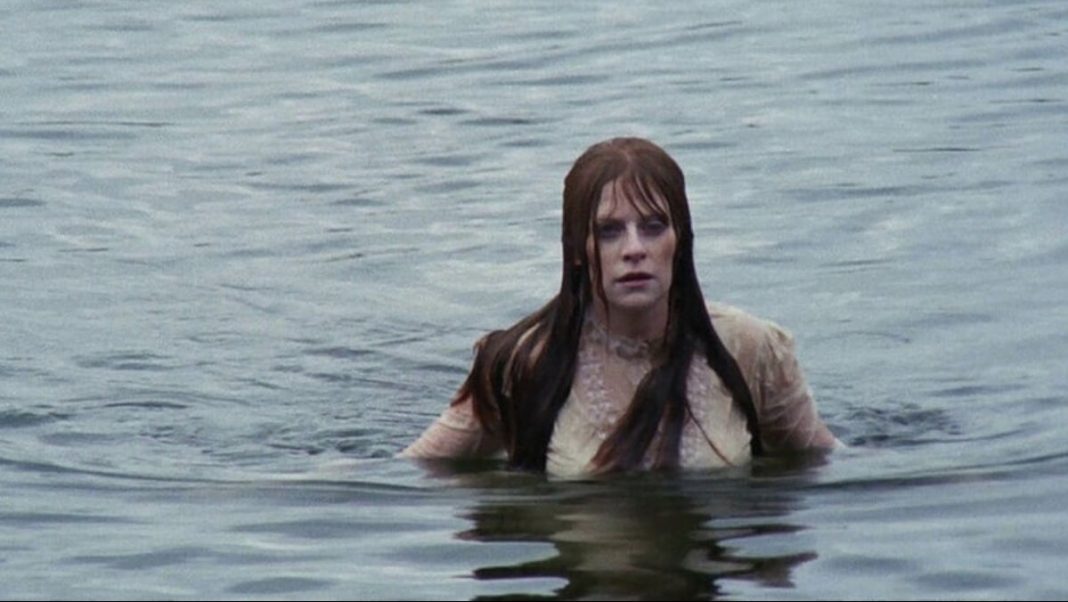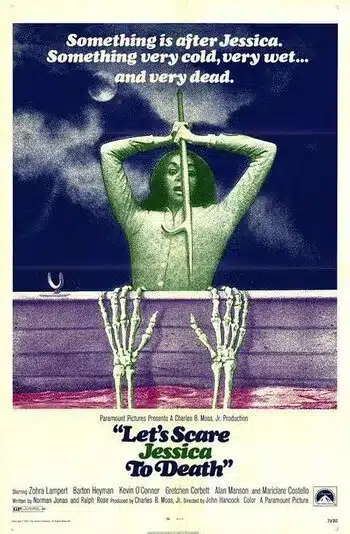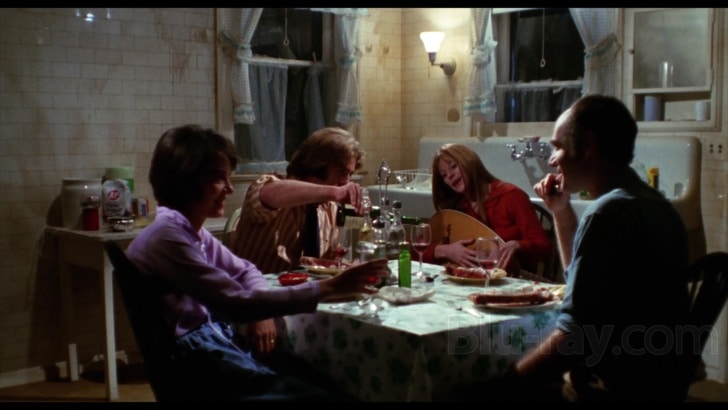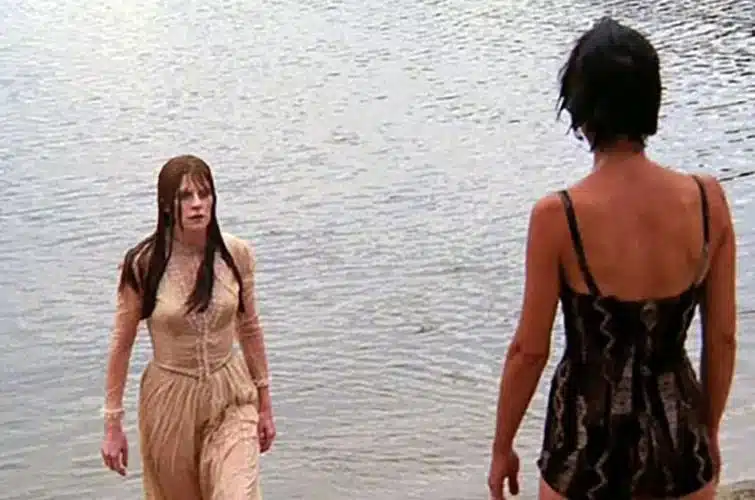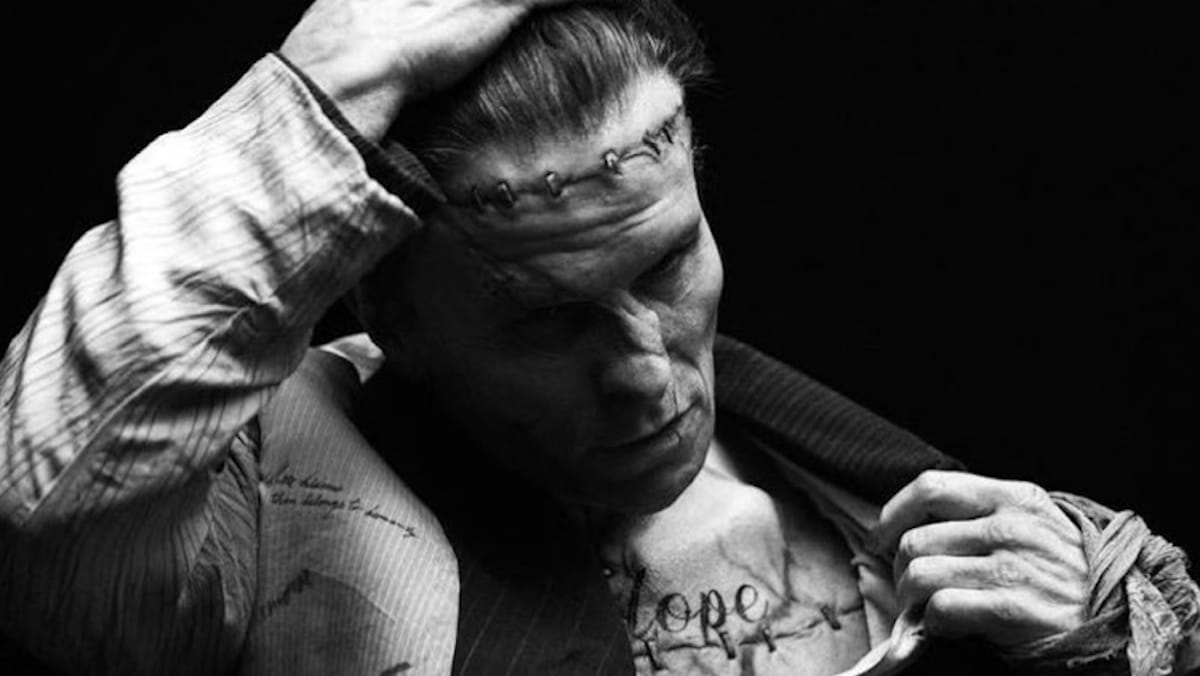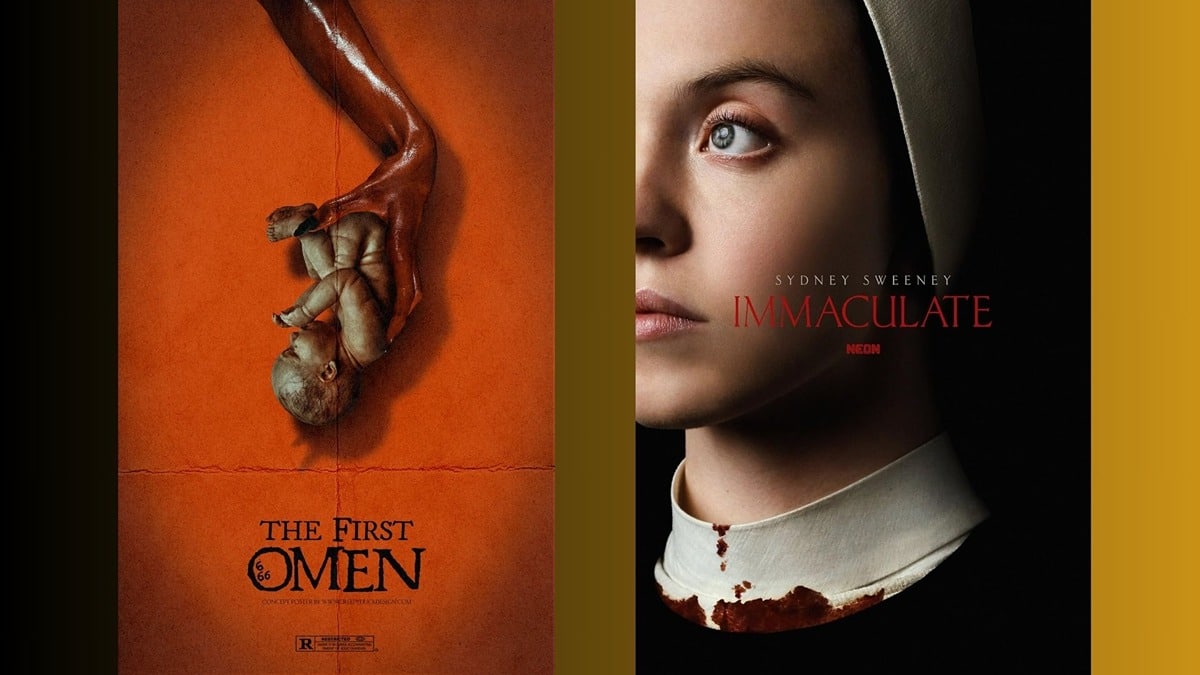Mental health gets conflated with madness way too often in the horror movies of old. By its very nature, the genre deals in things that, within film logic, are very hard to accept as true. Whenever someone talks about a blood-sucking creature that can switch between human and bat forms, those around them default to incredulity. They doubt the person’s sanity. The character of Renfield in Dracula is a prime example of this, a man who witnessed something so terrifying the only explanation for it is that he’s insane. Unreliable narrators also add to the tradition, from Shirley Jackson’s A Haunting on Hill House to Brad Anderson’s Session 9, countless stories go this route to leave audiences with a sense of doubt that questions whether the terrifying things on display were real or not.
John Hancock’s 1971 Let’s Scare Jessica to Death points an accusatory finger at this tradition, putting forth a convincing alternative that places the burden of proof on the side of those who consider themselves “normal” or “sane.” Horror movies today could learn a lot from it, especially when creating characters that already carry a history of mental illness.
Let’s Scare Jessica to Death follows a woman that’s just been released from a mental institute after suffering a manic episode as a result of either depression or schizophrenia (the movie isn’t specific with the diagnosis). This is the titular Jessica (played by Zohra Lampert), a character that is portrayed as psychologically fragile but not to the point of it becoming a character flaw. Nuance is key here, something director Hancock manages to capture well throughout.
Jessica is leaving the city behind for upstate New York with the intention of recovering from her crisis in a completely different setting, all with the support of her husband Duncan (Barton Heyman) who decided to leave his place at the New York Philharmonic for the move. The house they’ve decided on has an unsettling quality to it, an energy that speaks to a dark past hiding within its walls. Upon arrival they find a squatter named Emily (Mariclare Costello), a young and free-spirited woman with a beguiling sense of presence. They let her stay, but soon after, Jessica starts suspecting this mystery woman is not who she says she is. In fact, Jessica will witness things that’ll make her believe Emily is undead.
When it comes to unreliable narrators, stories tend to lay the foundations for doubt all throughout to set up a finale that could go either way. The character is usually alone when the weirder things happen, turning them into islands of paranoia and psychological fraughteness unto themselves. Endings favor ambiguity, but the case for the main character’s mental instability as the culprit is laid out in more convincing fashion than the other way around.
Let’s Scare Jessica to Death does away with this for a more confrontational approach with reality that holds the supporting cast to account for the horror that unfolds around them. In a very refreshing and uncommon twist on the formula, a lot of the strange happenings that Jessica witnesses or is subjected to manifest in the presence of another character that can verify their existence. When Jessica first enters the new house, she sees someone skirting across the second-floor hallway. Being made privy of her mental state, we can dismiss it as Jessica’s mind playing tricks on her. In fact, her partner does exactly that. But then, the squatter reveals herself and proves Jessica right. Even the husband is in disbelief it was actually real.
The same happens in key moments, especially as the squatter’s behavior becomes more reckless and cruel. Then it’s not a matter of believing in Jessica or not. It becomes an exploration of how much incredulity her loved ones are willing to indulge before giving Jessica the slightest benefit of the doubt.
The movie essentially turns the supporting cast into a mirror that reflects back at the audience, making them complicit. We’ve been so used to doubting these types of characters in countless movies before, that being confronted with a set of circumstances that frames the supernatural as real pushes us outside our comfort zones. Making Jessica believable early on makes the point hit harder.
This gets solidified as we slowly meet the older inhabitants of the town Jessica has moved to. When asked about the house and its history, the townsfolk share their dark knowledge as a matter of fact. That the place is possessed by a violent and unnatural being is taken as truth. Jessica’s appreciation of this meets the requisite resistance from her husband, but it’s not exactly expected of the audience after spending enough time with Jessica. The evidence is too strong on the side of the supernatural.
One movie that takes this lesson and runs with it is Steven Soderbergh’s Unsane (2018). Here, a woman moves from Boston to Pennsylvania in the hopes of evading a man that’s been aggressively stalking her. After she voluntarily agrees to be briefly committed to a behavioral center, she notices her stalker is part of the staff. The case for her insanity is made early, but when the evidence starts stacking up in her favor the story finds fresh new scares to disturb you with. It’s one of the most tense and overwhelming movies I’ve seen and it has some of Let’s Scare Jessica DNA coursing through it.
Let’s Scare Jessica to Death serves up a proposal for a different kind of horror. The unreliable narrator does not have to be an unchanging staple of the genre. It can shine in variations like the one found in this movie. It unlocks doors into character development and psychological horror that can make viewers experience terror in less stable ground. It can also make these types of stories explore different kinds of tragedy, putting more weight on the consequences of not believing people on account of their psych profile. We need to be reminded of this more, not just in horror but in film in general. Mental duress cannot always equate with unreliability. Ghosts and monsters don’t care whether you’re sane or not when they’re hungry.
SHOUT Factory released a Blu-Ray edition of the movie. The trailer for it follows below.


